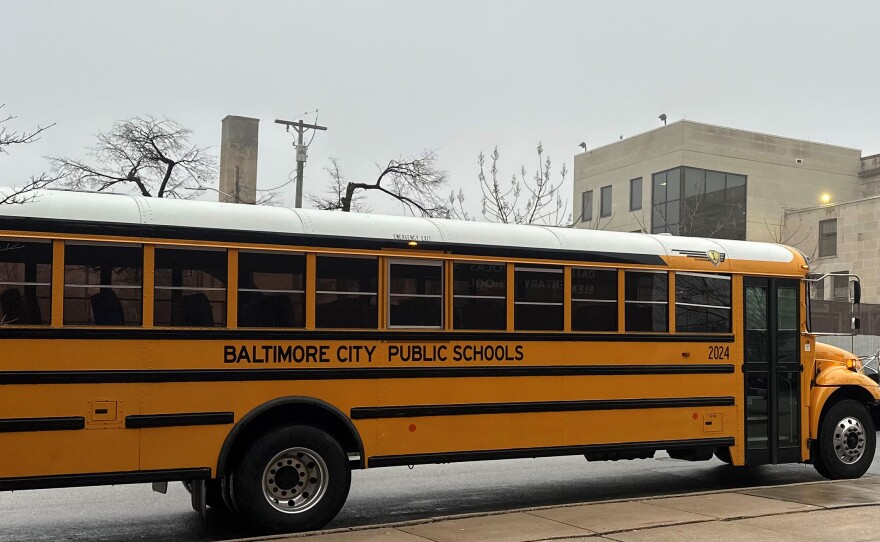For the past six years, Deborah Dennie has worked as the principal of a middle school in St. Mary's County, a rural community in southern Maryland.
On any given day, Dennie oversees roughly 1,000 employees inside Leonardtown Middle School.
While a fan of the opportunities a sweeping education reform program, The Blueprint for Maryland’s Future, is projected to create for students, she's concerned about a new requirement.
One of the changes that the Blueprint will introduce, is reimagining the position of school leaders. The Blueprint requires assistant principals to teach in the classroom for at least 20% and suggests that principals teach for 10% of the school day.
“I have 1000 people in this building that I have to be responsible for," Dennie said. "To think that I am just going to be able to give 10% of my assistant principals' time. It's ludicrous."
The Blueprint for Maryland’s Future plans to level the academic playing fields for students across the state. Maryland educators look forward to opportunities for their students, such as the expansion of community schools, access to early childhood education and college and career preparation, but they also have concerns.
The state has committed to investing $3.8 billion in education each year over the course of 10 years and will focus on five pillars. The second pillar of the Blueprint is High Quality and Diverse Teachers and Leaders. The goal is to reform teaching through professional development opportunities, restructured career ladders, salary bonuses and innovative strategies to recruit and retain educators.
Dennie said this requirement is also challenging because of the statewide and national teacher shortage.
The Blueprint’s goal to retain educators is great but does not get to the root of Maryland’s teacher shortage, said Cheryl Bost, president of the Maryland State Education Association and teacher by trade.
“We can continue to recruit but the facts in Maryland are we are an import state," Bost said. "We do not put enough people through our education programs. We don't even have enough education programs to supply the number of teachers that we need here in Maryland."
In addition to high-quality teachers, the Blueprint calls for school leaders and teachers to better reflect the diversity of Maryland students.
Michael Brown, principal of Winters Mill High School in Carroll County and president-elect of the Maryland Association of Secondary School Principals, said creating alternative pathways for people will help to bring in new talent and diverse teachers.
Aspiring teachers in Maryland must pass an exam to become a certified educator.
Brown said a test should not be the only deciding factor.
”Some people aren't good test takers," he said. "It doesn't mean they're not good teachers.”
Blueprint funding will also go towards implementing a $10,000 bonus for teachers who are National Board Certified.
The National Board Certification Program was designed in 1987 to set a standard for teaching.
Jocelyn Providence, a math teacher for the Baltimore School of the Arts said some school districts do not have the capacity to support teachers through the expensive certification process. Providence said Baltimore City Public schools only has 50 national board-certified teachers compared to Montgomery County, where they have 922 board-certified teachers.
“That's because they've had a structure in for the past couple of years to help teachers go through that process,” she said.
One of the changes that the Blueprint brings is a salary increase for teachers. By July 2026 all school districts are required to increase teachers' starting salary to $60,000.
Dennie, the St. Mary's County middle school principal, said the salary increase will benefit her staff because it's not one of the highest paying districts in the state. For the 2021-2022 school year, the minimum teacher salary was in St. Mary's County was $48,743, according to the Maryland State Department of Education.
Bost, who teaches elementary school in Baltimore County, said while a salary increase is desperately needed, teachers also want lighter workloads and to feel valued.
“We can pay them. But if they're still working until 10 o'clock at night, or not getting to see students because of the testing and the paperwork that they do, it takes the passion and joy out of teaching as to why they got into it,” she said.
Editor’s Note: A previous version of this story inaccurately described how much money is allocated for the Blueprint for Maryland’s future.








